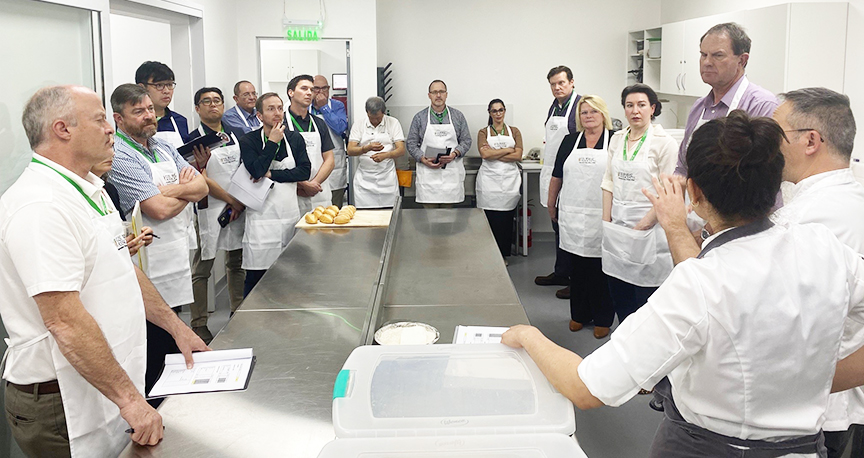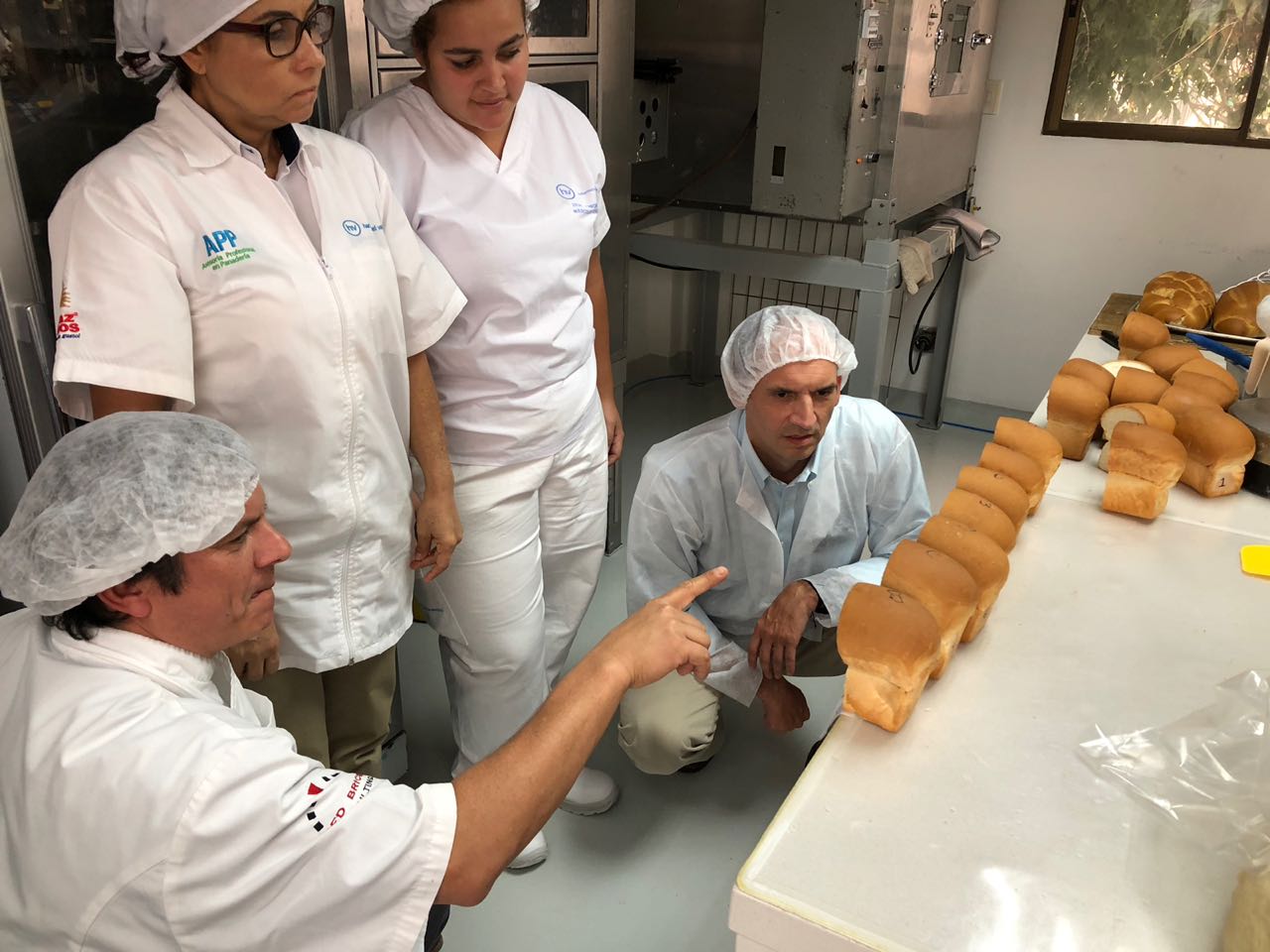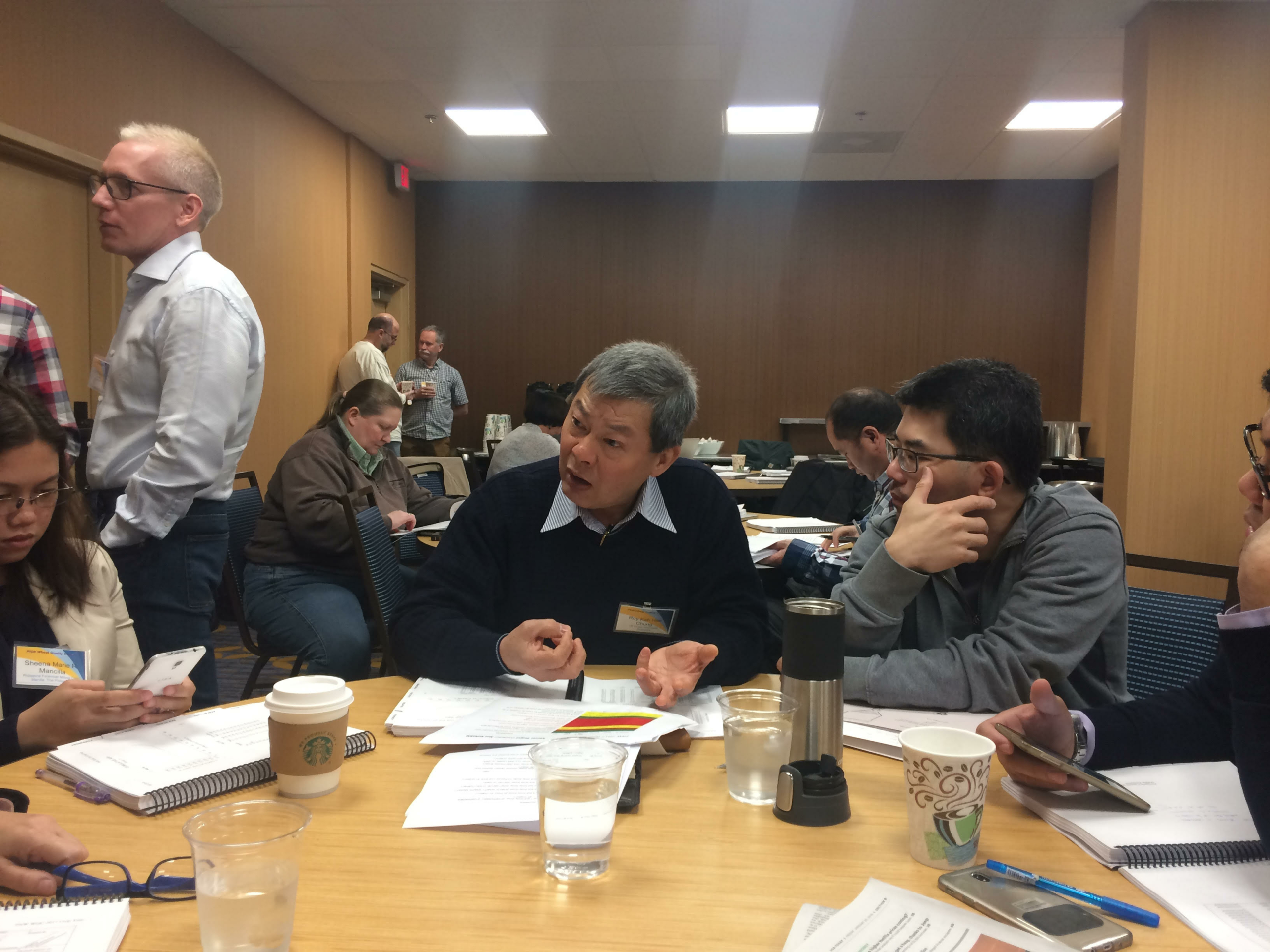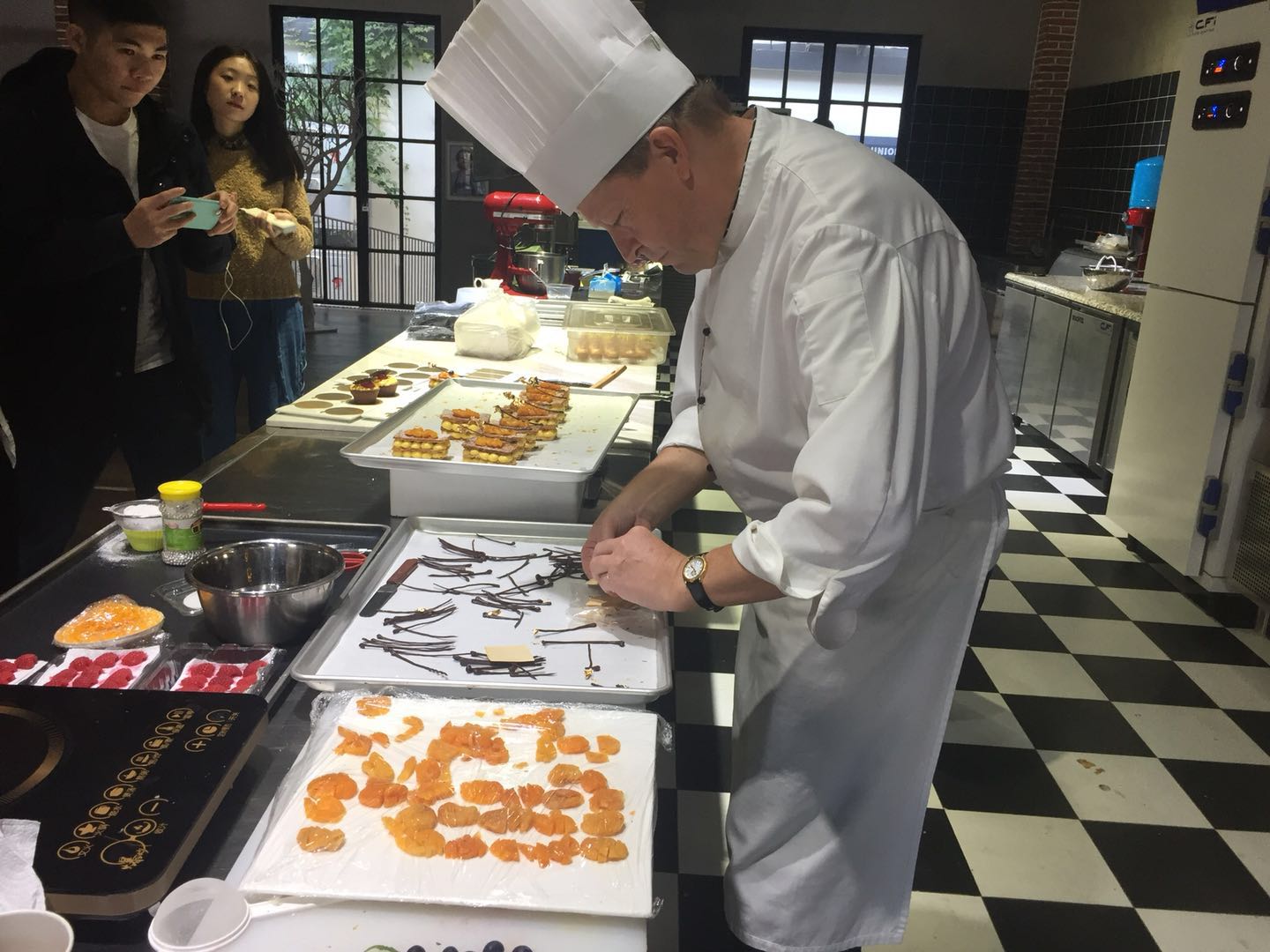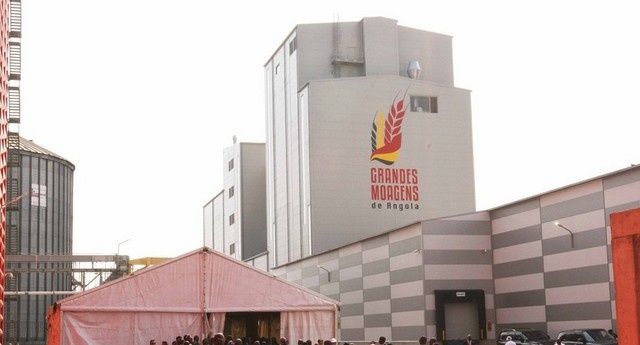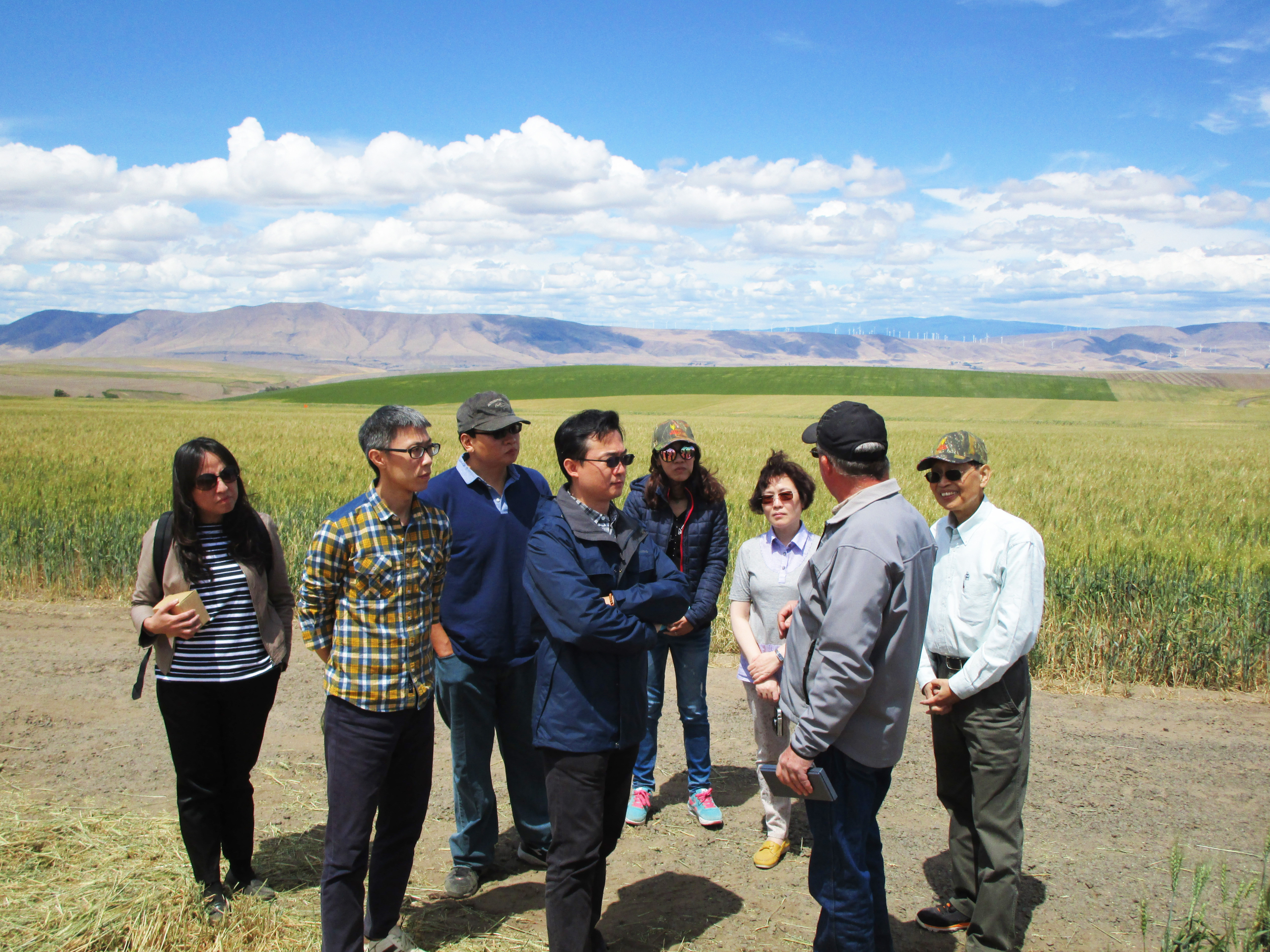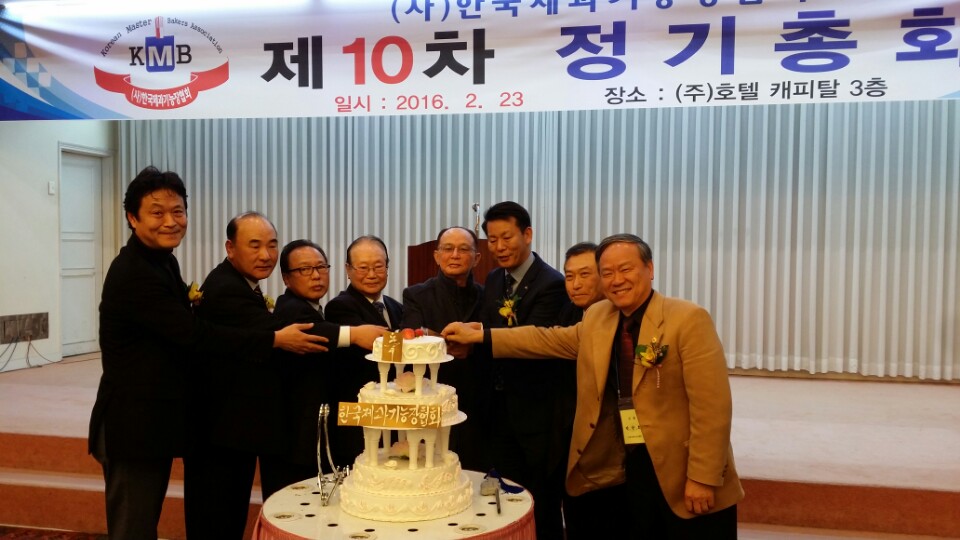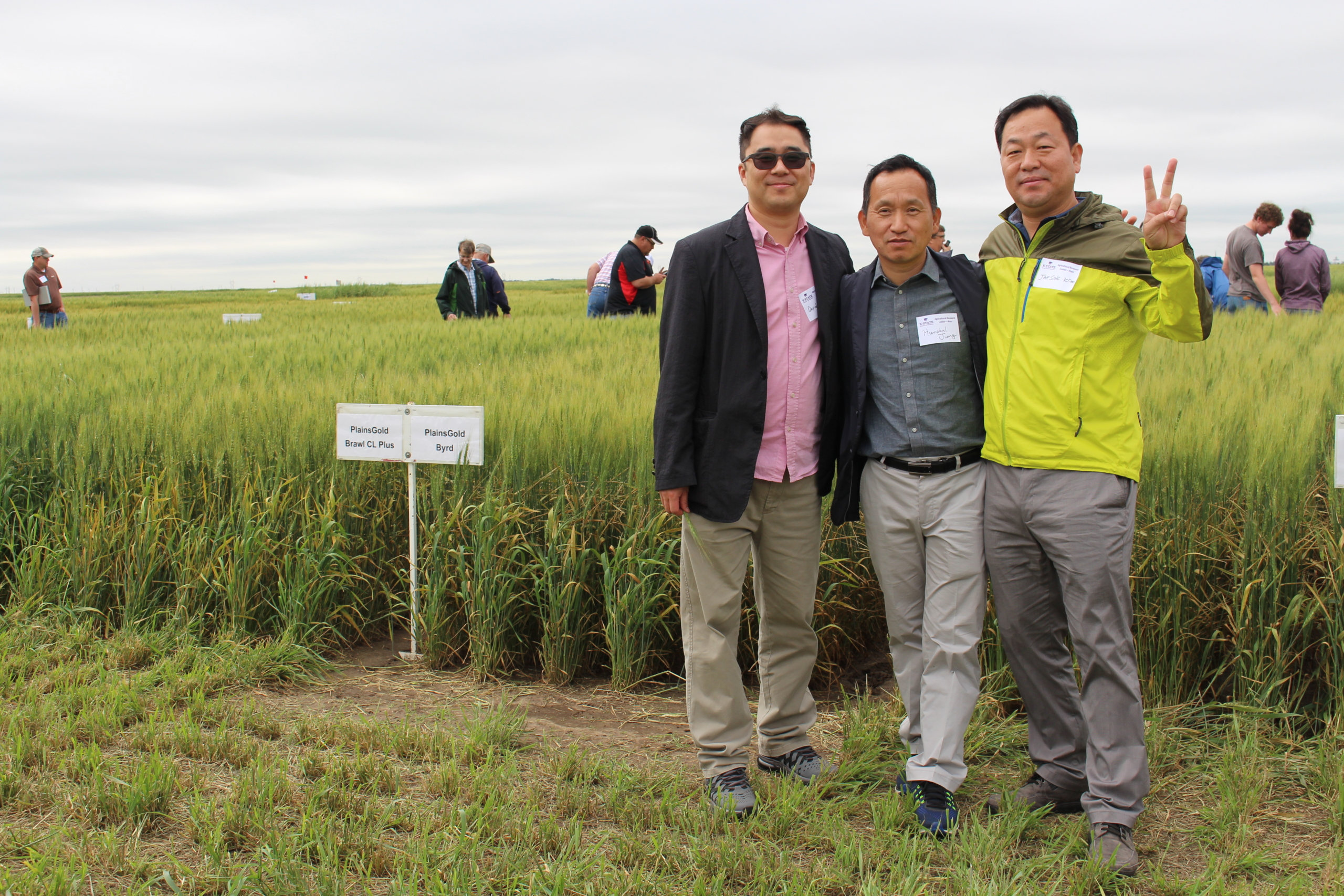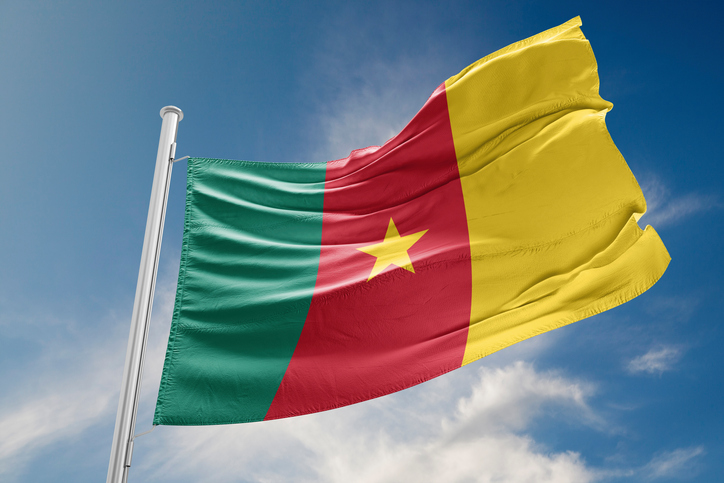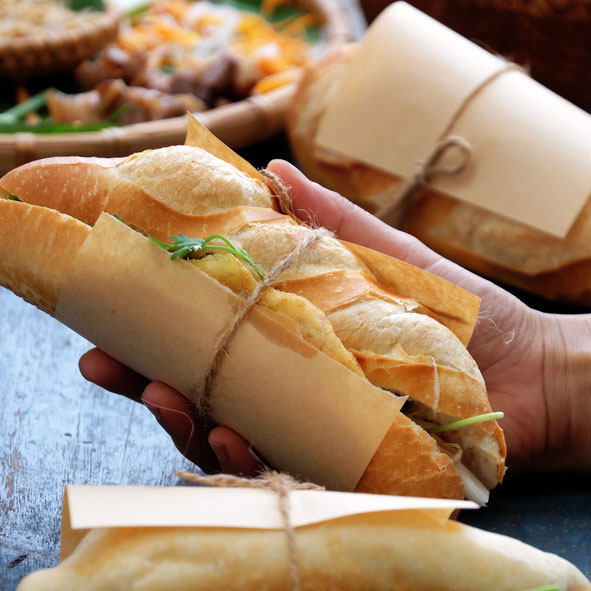Adding value to U.S. wheat export supplies requires strong technical support and broad knowledge of the milling, baking, and processing needed to produce hundreds of unique food products. With 11 professional flour millers and bakers on staff, U.S. Wheat Associates (USW) uses technical support to add value and create a differential advantage for U.S. wheat classes over competing supplies that often cost less.
With additional funding through the Agricultural Trade Promotion (ATP) program, and help from its educational partners, USW created and implemented a multi-year activity to improve its already strong technical support. In February 2022 and in March 2023, USW held “Core Competency Training” sessions for technical and marketing staff from all its overseas offices. The objective was to help USW become more competent to help milling and baking customers grow their businesses using imported U.S. wheat.
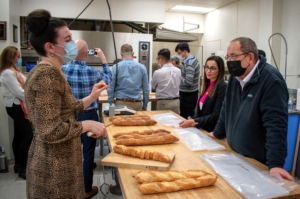
At the Wheat Marketing Center in Portland, Ore., in 2022, USW technical and marketing staff gathered to “learn so they can teach” overseas customers.
Building Core Competency
The in-depth sessions and discussions give newer USW technical and marketing specialists the chance to learn from USW’s senior experts working in distant regions. Exchanging information and techniques about different flour and wheat food products creates the chance to develop new product opportunities in new markets. In addition, the Core Competency Training workshops have given USW the shared knowledge to help solve problems and develop more successful training and technical support for customers.
“A clear knowledge of the customer’s business is vitally important to opening the door to U.S. wheat farmers as valued suppliers,” said Peter Lloyd, one of USW’s senior technical managers and a recognized global flour milling expert. “I believe the Core Competency Training has improved our ability to bring the greatest value where it makes the most difference – on the bottom-line profit for a supply chain manager, miller, or baker.”

